
We often think of ancient civilizations as being primitive and backwards compared to our own. But did you know that the Egyptians had a highly developed society, with impressive feats of engineering, architecture and agriculture? And some experts believe that a key ingredient in their success was Kamut wheat. Could this ancient grain have been the secret to Egyptian civilization? Let's take a closer look at the evidence.
Kamut, also known as Khorasan wheat, is a grain with a long history
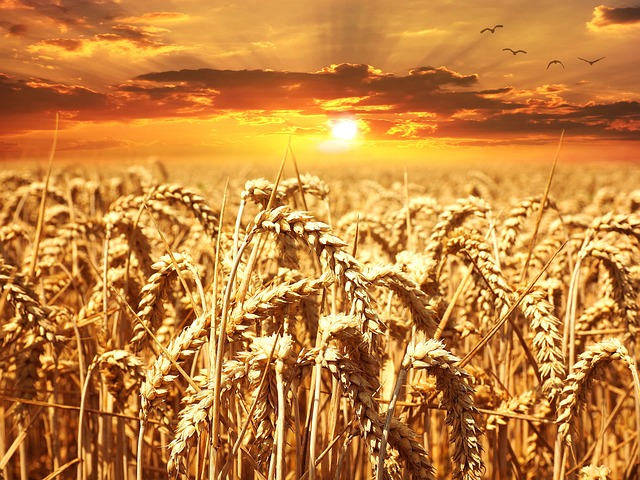
DNA analysis suggests that this ancient grain originated in the Fertile Crescent region of the Middle East and it is believed to have been first cultivated by the ancient Egyptians over 4,000 years ago. The fact that some seeds were recovered from the tomb of Pharaoh Tutankhamen adds evidence to its links with ancient Egyptian civilization.
Its modern popularity stems from its nutrition value and flavor - higher protein content than modern durum wheat and a sweet nutty taste distinguish Kamut’s grains from others. These factors make Kamut wheat berries an attractive health food choice for many consumers today who enjoy its connection to an ancient past.
Kamut wheat is an ancient form of wheat that has been gaining popularity due to its superior nutritional qualities compared to modern wheat flour
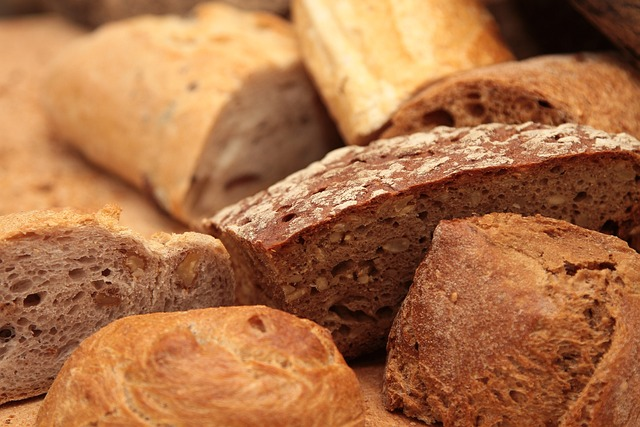
Kamut is a whole grain and contains more protein - about 20-30% more than modern wheat - as well as higher levels of fatty acids, zinc, magnesium and amino acids. It's believed that the higher content of essential fats makes it easier for the human body to digest Kamut compared to modern wheat, making it a healthier choice. We talked more about plant-based protein here. Furthermore, while Kamut looks very similar to regular wheat it also has a sweeter flavor and firm texture which appeals to many people. All in all, Kamut provides many nutritional benefits when compared with common wheat and is certainly worth considering when looking for a more nutritious way to enjoy ancient grains.
Ancient Egyptians relied heavily on Kamut wheat, or Khorasan wheat, as one of their major food sources for centuries
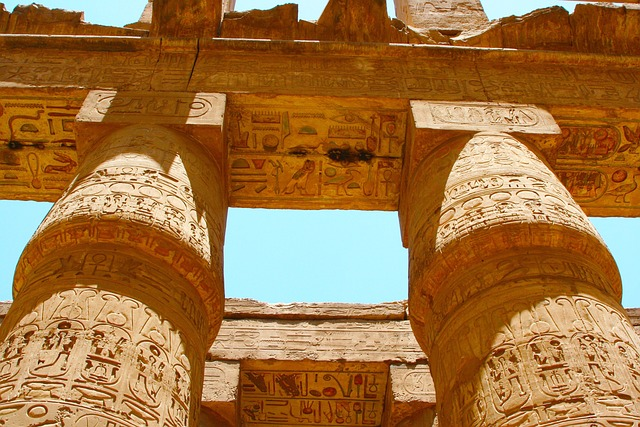
This ancient grain produced an abundance of Kamut wheat berries and Kamut flour, which the farmers could use to craft breads, pastries, and other baked goods. The Egyptians relied on this wheat extensively to nourish the populations and leave enough room in their own harvests for seed conservation.
Not only was Kamut tremendously beneficial agriculturally, but it also had a special meaning in ancient Egyptian religious circles. Out of respect for the grain gods, old traditions promoted leaving a few grains of Kamut unharvested. Much like modern day prayers said before meals, these ancient rituals were yet another way that the ancient Egyptians celebrated the importance of Kamut wheat in their society.
Ancient Egyptian crops were the basis of the ancient Egyptian economy, providing the main source of food for the ancient Egyptian population
The ancient Egyptians were able to cultivate a wide variety of crops, ranging from cereal grains such as Kamut wheat and barley to vegetables and fruits like lettuce, onion, garlic, melons, dates, figs, and grapes. The ancient Egyptians also grew flax, which they used to make linen. Ancient Egyptians depended on the Nile River for irrigation and as a source of fertile soil. This allowed them to take advantage of the annual flooding of the Nile, which brought fresh water and nutrient-rich silt to the land. This made it possible for the ancient Egyptians to grow a variety of crops, including Khorasan wheat, barley, millet, peas, chickpeas, lentils, and beans.
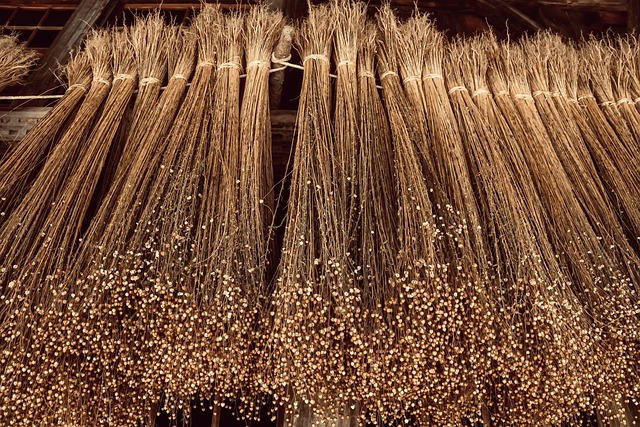
Khorasan wheat was an essential crop of ancient Egypt, where bread had a significant place in their culture, diet and economy

As such, it is thought that Kamut wheat held immense importance to the ancient Egyptians. There are various theories as to why this whole wheat flour was so valuable: some believe it provided more dietary nutrition than other crops; others think its longer growing season allowed for successful harvests in challenging conditions; its higher yields of kamut berries per acre may have been a more sustainable option when compared to other grains available at the time.
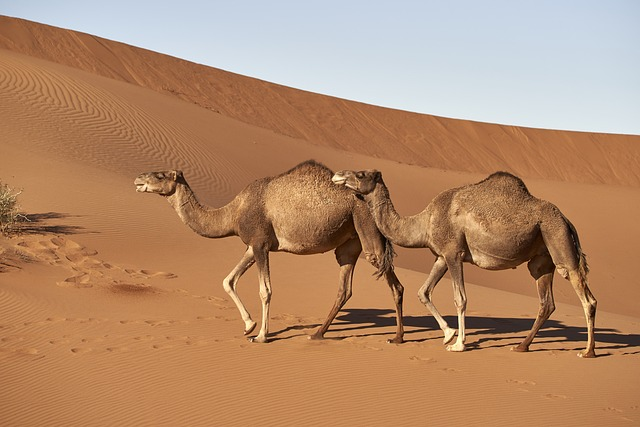
It is also possible that the high level of minerals, vitamins and antioxidants within Kamut wheat allowed for greater preservability, so it could be used for a longer period of time and in greater quantities than other whole wheat flour-based breads. Whatever the reasons behind why Kamut wheat held such importance to the ancient Egyptians, its importance has been preserved through the ages and helped shape our understanding of how vital grains were to life during those times.
Kamut was an incredibly important ancient grain for the development of Egyptian civilization
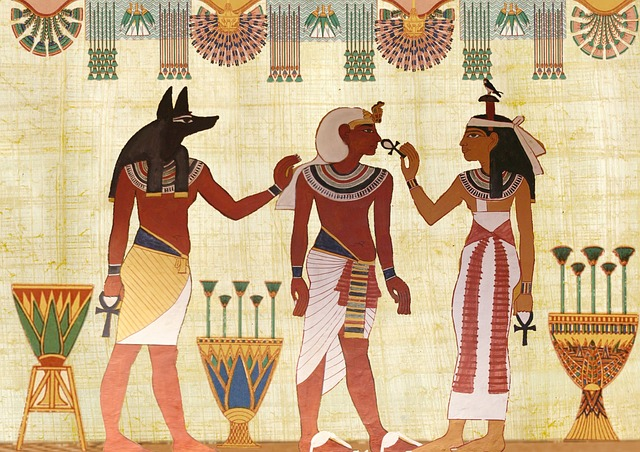
It is a species of wheat known as Khorasan wheat and it was domesticated in the Fertile Crescent some 5,000 years ago before being imported into Egypt. Over the past millennia, it has remained a staple food of many cultures across northern Africa, and its Kamut flour became essential to nourish generations of people in Egypt.
Its production was so significant for Egyptians that when explorers began to uncover pharaoh tombs at the turn of the 20th century, relics filled with Kamut grains were also present - confirming its importance to ancient society. Typically, the dead would be entombed with everything they would need in the afterlife, including Kamut wheat! The impact that Kamut wheat had on development of Egyptian civilization remains clear thousands of years later as it is still enjoyed today.
Summary

Kamut wheat was a significant part of ancient Egyptian society and played a role in the development of their civilization. This grain was used for both food and religious purposes, and its high protein content and nutritional value made it a valuable commodity. While we may never know definitively why Kamut wheat was so important to the Egyptians, it is clear that this grain had a significant impact on their culture. Today, you can find Kamut wheat at many health food stores - have you tried it? There are so many ways you can add this superfood to your diet!
Try first by replacing your modern flour with Kamut flout. Kamut flour pancakes? When you slather your pancakes in maple syrup or honey, even the funkiest of wheat flours will taste great! Or think about replacing half of your flour for a sourdough bread recipe with Kamut flour. Sourdough is so forgiving in the baking process, and the added protein should make for a delicious chew in your regular bread recipes. You could even try Kamut in your Sunday chicken cutlet recipe. Breaded Kamut chicken cutlets sound like a delicious experiment to me! Let us know in the comments below what you decide to try!
Interested in more ancient societies and their connections to superfoods? check out our article on the Aztecs here and our work on the ancient Greeks here.
This article may contain affiliate links. Consult your physician before beginning any new diet or exercise regimen.
Comments
Post a Comment